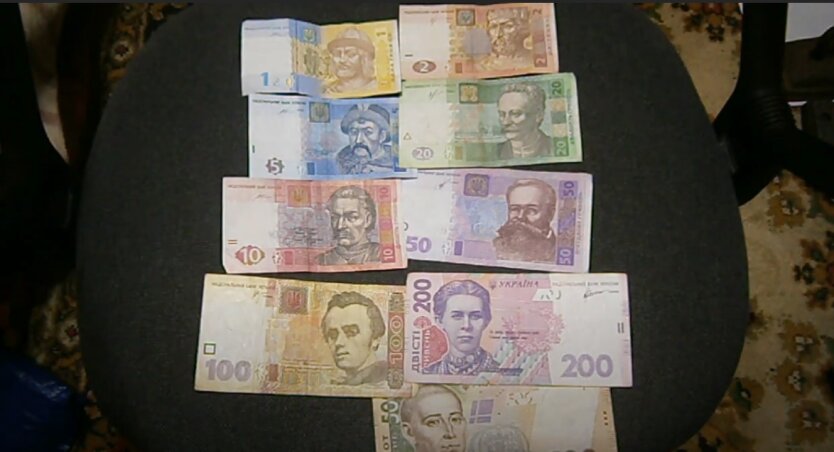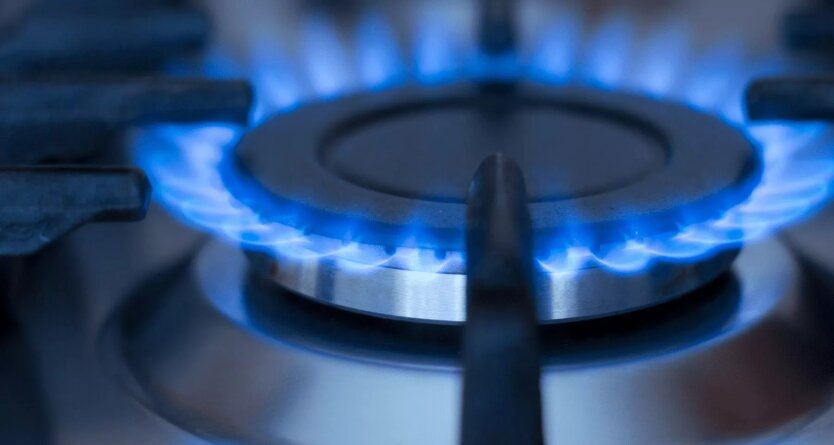The most stable currencies in the world today.

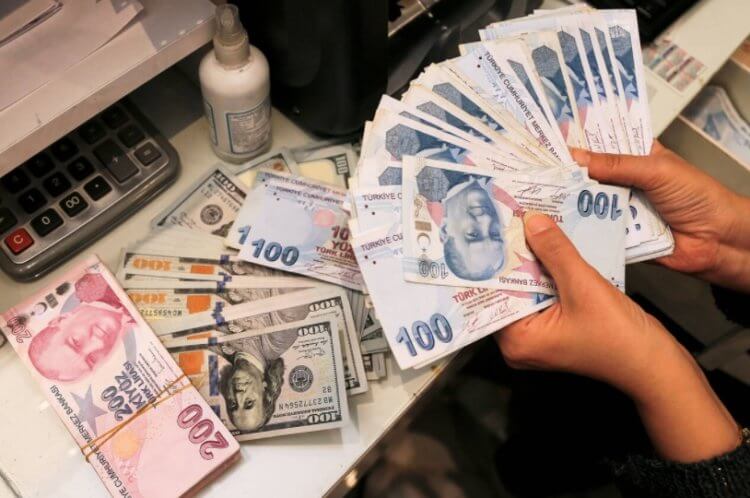
The stability of a currency is an important indicator of the stability of the economy of that country. It is no coincidence that the most stable currencies are found in the "richest" countries. Today, the situation hardly changes.
Moreover, the most stable currency affects other currencies as well. As of today, the most stable currencies are the euro and the dollar, although this statement does have its exceptions.
The Most Stable Currency in the World
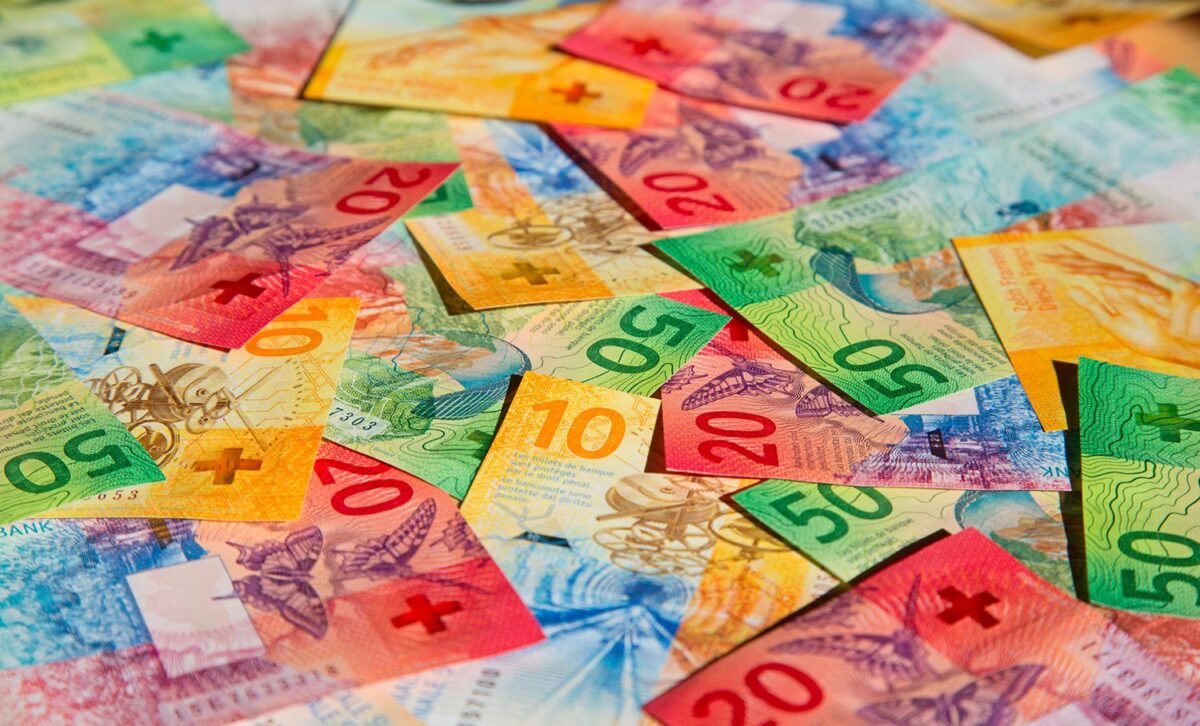
When considering the most stable currencies in the world today, it is important to understand how the crisis (including the war in Ukraine) affects the global economy.
In a global economy, where fluctuations in exchange rates can significantly impact financial markets, currency stability becomes critically important for investors, companies, and governments. This means that stability will still remain a conditional concept, because, as practice shows, when leaders suddenly change places.
However, this stability, even if temporary, has many advantages for each country. First and foremost, it is necessary to understand what currency stability actually is. Essentially, it is a currency that demonstrates minimal fluctuations in exchange rates relative to other currencies and maintains its purchasing power over Time. This means that for a certain period the currency does not depreciate. Such a currency is an important tool for maintaining economic stability within a country and in international markets. It also helps establish stable prices for the average consumer.
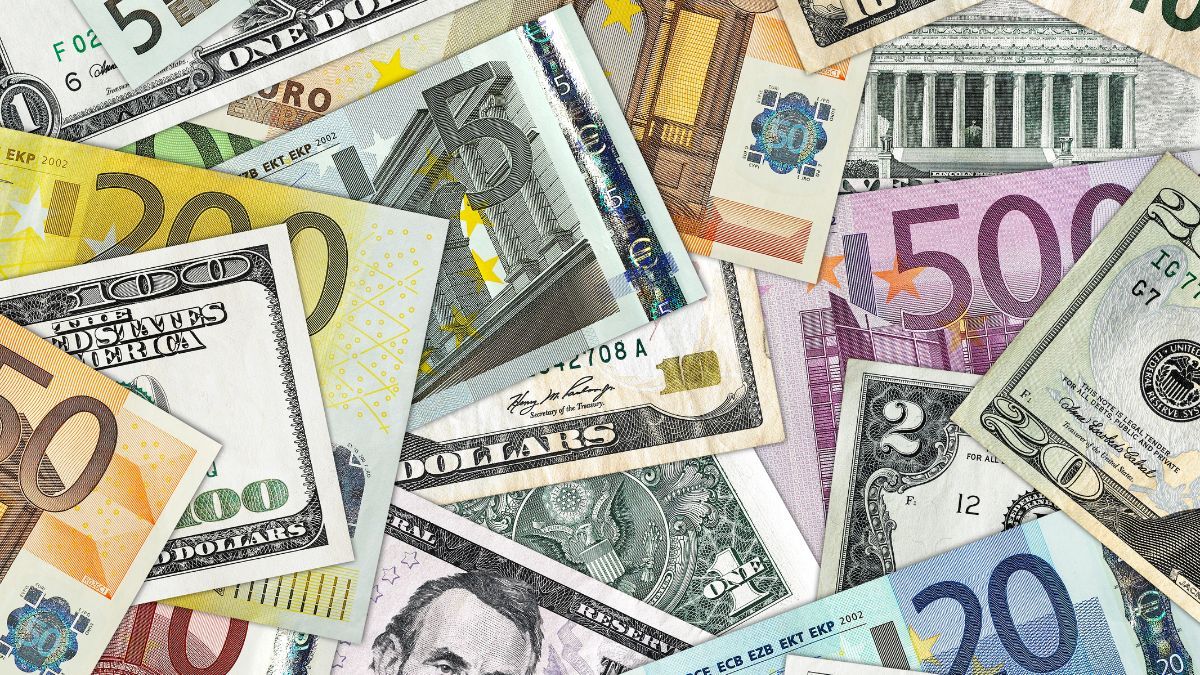
The main signs of a stable currency (which currency can be considered stable):
-
Stable currencies are generally associated with low inflation levels, which allows them to maintain their purchasing power over a long period.
-
Stable currencies are widely used in international markets and easily exchanged for other monetary units.
-
Central banks of countries with stable currencies conduct predictable and understandable monetary policies.
-
The economies of countries whose currencies are considered stable usually feature a strong manufacturing sector, low unemployment, and a high standard of living.

So, to summarize, the currency should have stable indicators.
Swiss Franc
When it comes to currency stability, the top position is held by that dark horse, the Swiss franc. While it may not be a popular thought, the Swiss franc is rightly considered one of the most stable currencies in the world. Switzerland is known for its political and economic stability, as well as stringent banking rules and neutrality in international conflicts. Thus, the calmness within the country is the reason why the national currency can show stability.
If we look at the factors of Swiss franc stability, we should immediately mention the country's independent banks. For many years, Switzerland has symbolized complete neutrality, and it earned this status precisely because of its banking system. The Swiss National Bank has significant autonomy, which allows it to conduct an independent monetary policy aimed at maintaining low inflation. This also attracts investors from all over the world.
Additionally, the country has a reliable financial system. This attracts international capital as well. Switzerland also has significant gold and foreign currency reserves, which strengthens trust in the franc in the global market.
U.S. Dollar
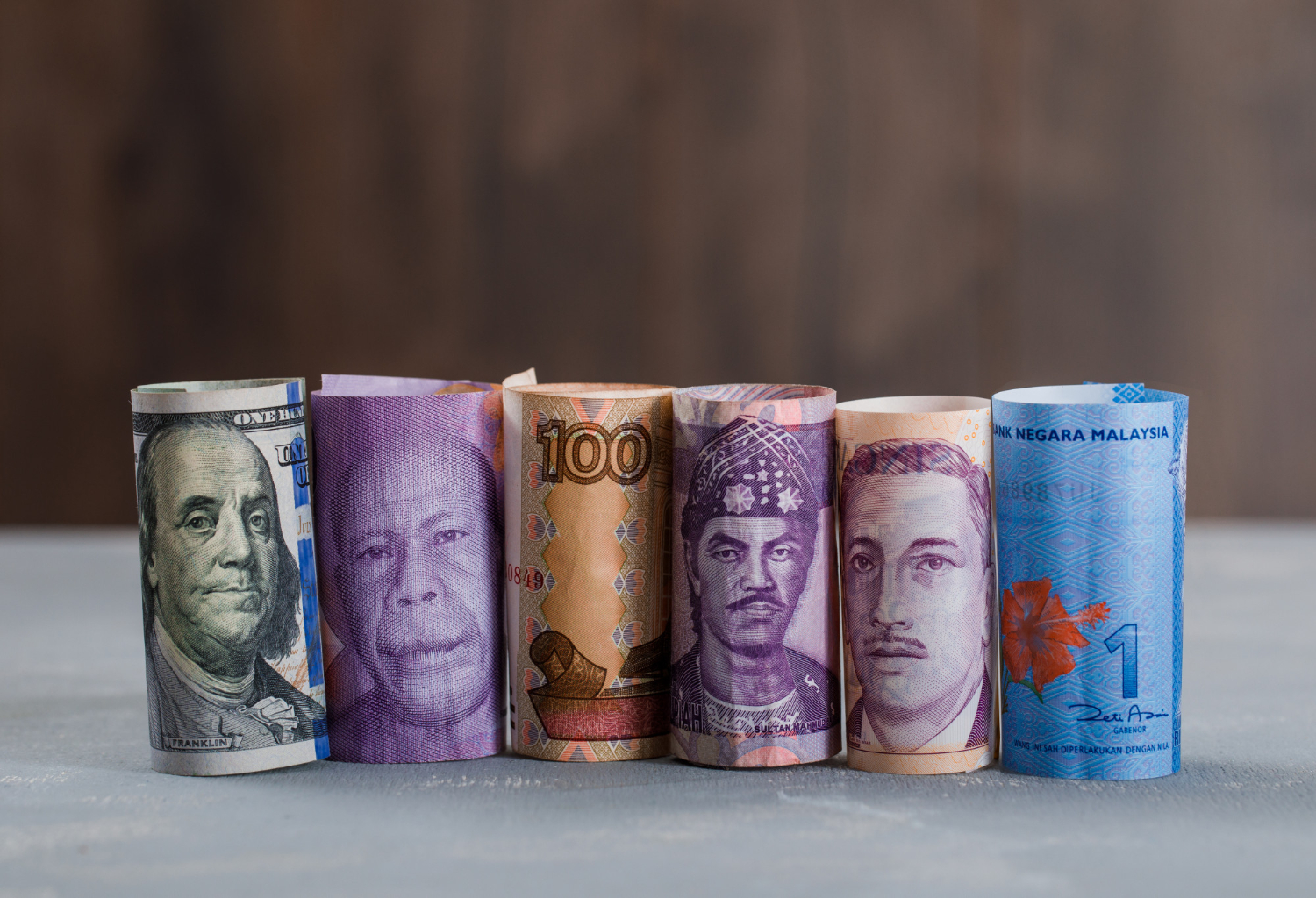
The dollar deservedly makes it to the list of reliable currencies as well. It is one of the most popular currencies in the world. The dollar is also a key player in the economy of the entire world, and this fact is hard to deny.
Why is the U.S. dollar stable:
-
More than 60% of all world reserves are held in U.S. dollars, underscoring its importance and stability.
-
The U.S. is the largest economy in the world with a strong manufacturing sector and a developed financial system.
We must also note that the dollar is easily accessible in global markets, and its liquidity allows for quick exchange operations.
Euro
When talking about the dollar, it is immediately necessary to mention the euro. It is the second most important reserve currency in the world after the U.S. dollar. It is used in 19 countries of the Eurozone and plays an important role in international settlements and investments. In Europe, it has long outstripped the dollar in popularity.
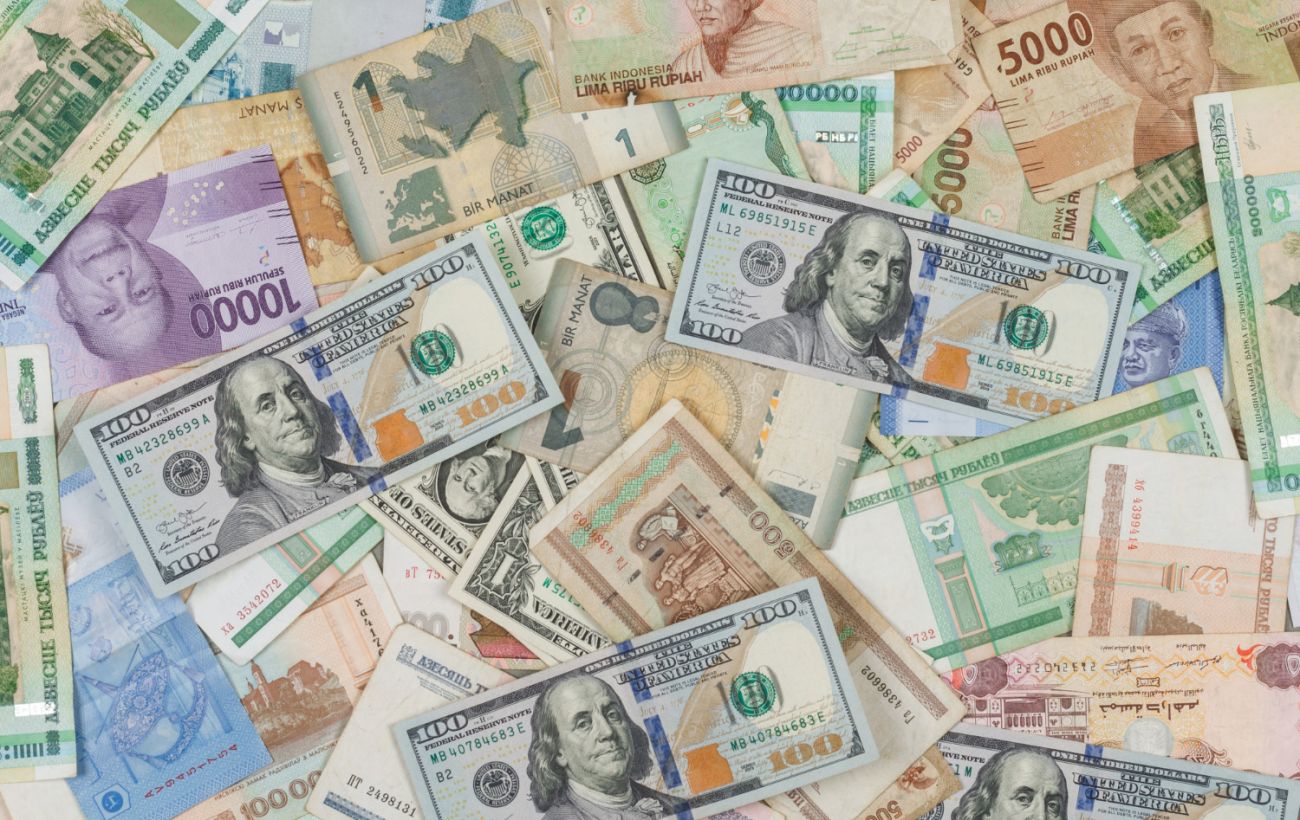
The Eurozone represents the largest single market, making the euro a stable means of exchange among member countries. And this fact is more than sufficient to consider the euro an important part of the global economy.
Also, the European Central Bank actively monitors the inflation level, which supports the stability of the euro. All these factors are enough to consider the euro a stable and in-demand global currency.
Read also
- UN investigation confirmed Russia's guilt in the terrorist attack in Olenivka in 2022
- The Defense Forces struck the occupied Donetsk and Luhansk: video
- The old 5-hryvnia banknote brought 17 thousand: which banknotes are worth crazy money
- Fines for drivers and confiscation of cars: Germany has tightened rules for Ukrainians
- July gas tariffs have already been set: who will pay significantly more
- Zelensky on drone production, sanctions against Russia and Ukraine's path to NATO: main points from the address



